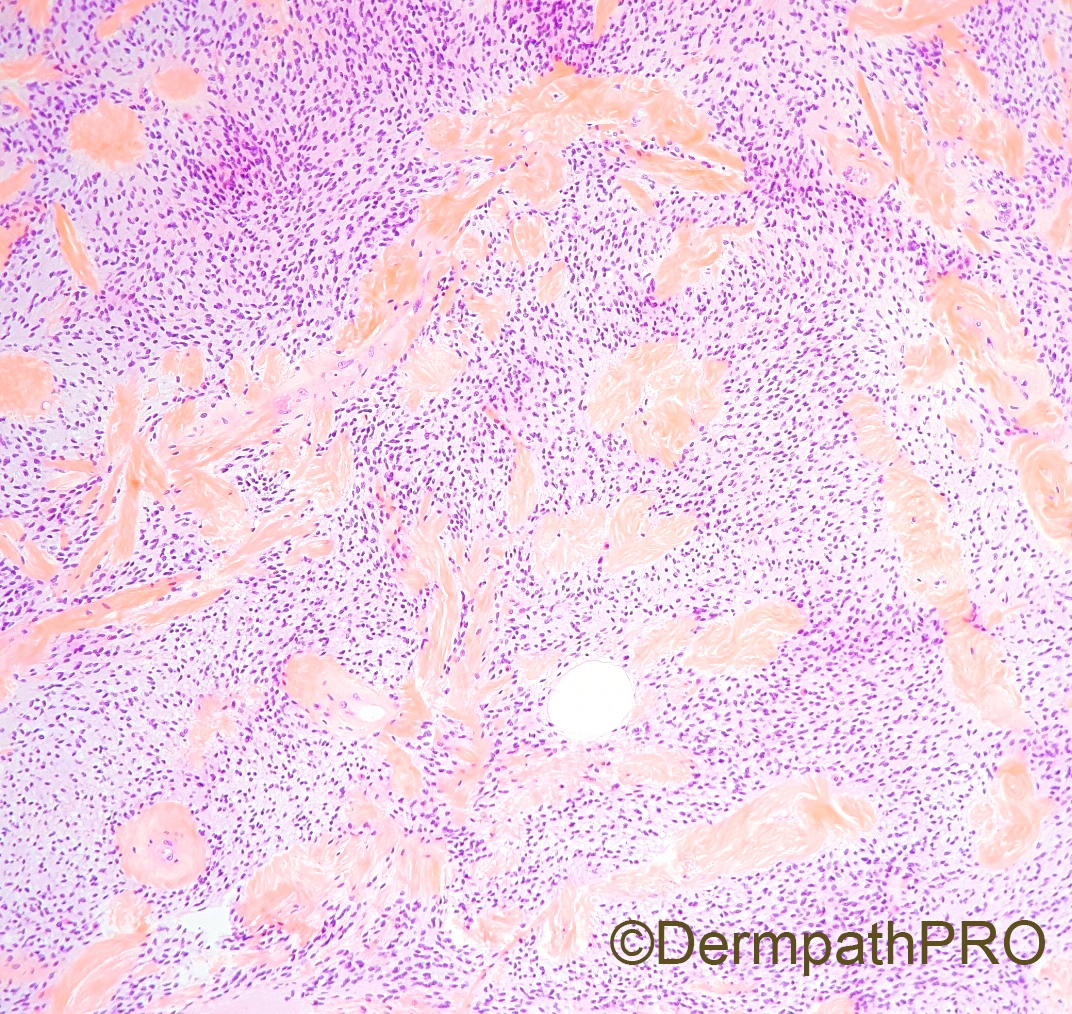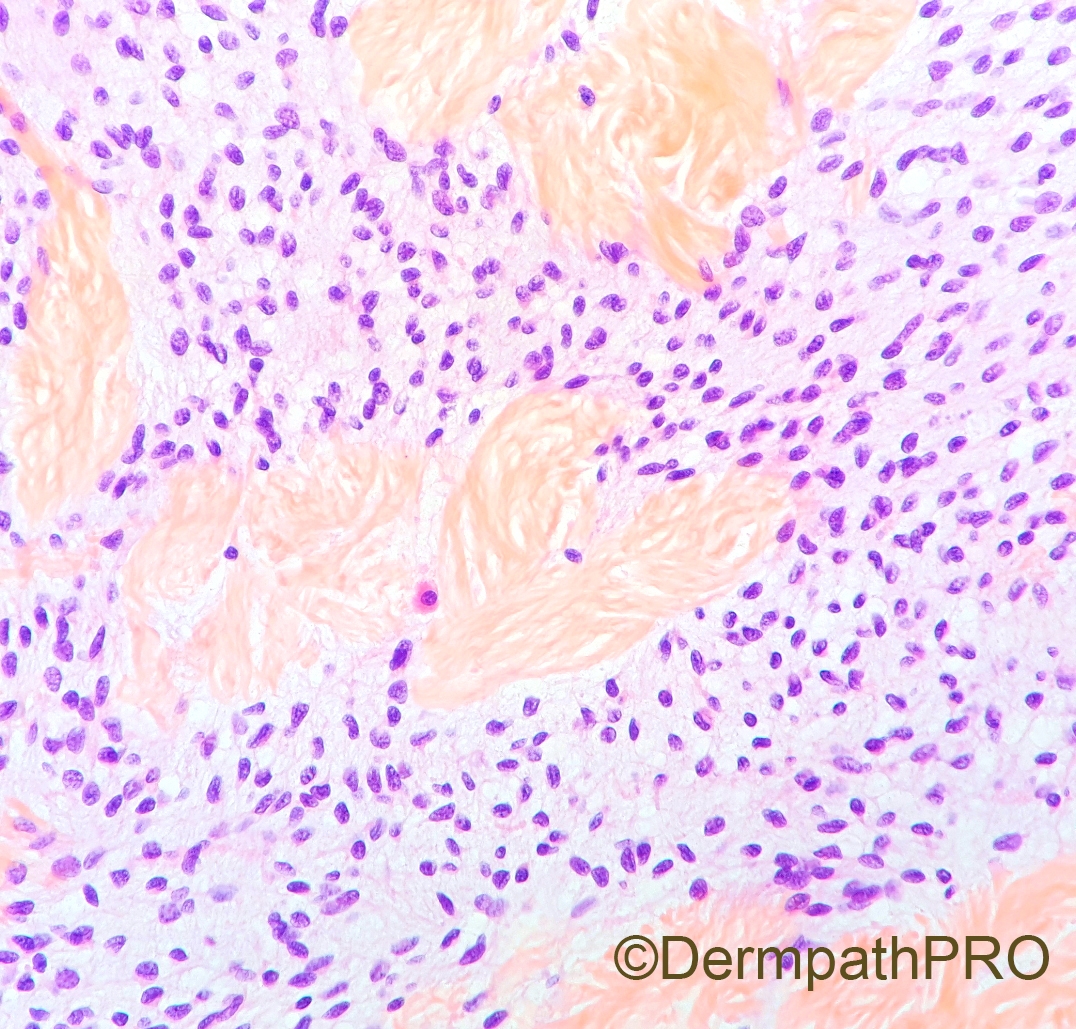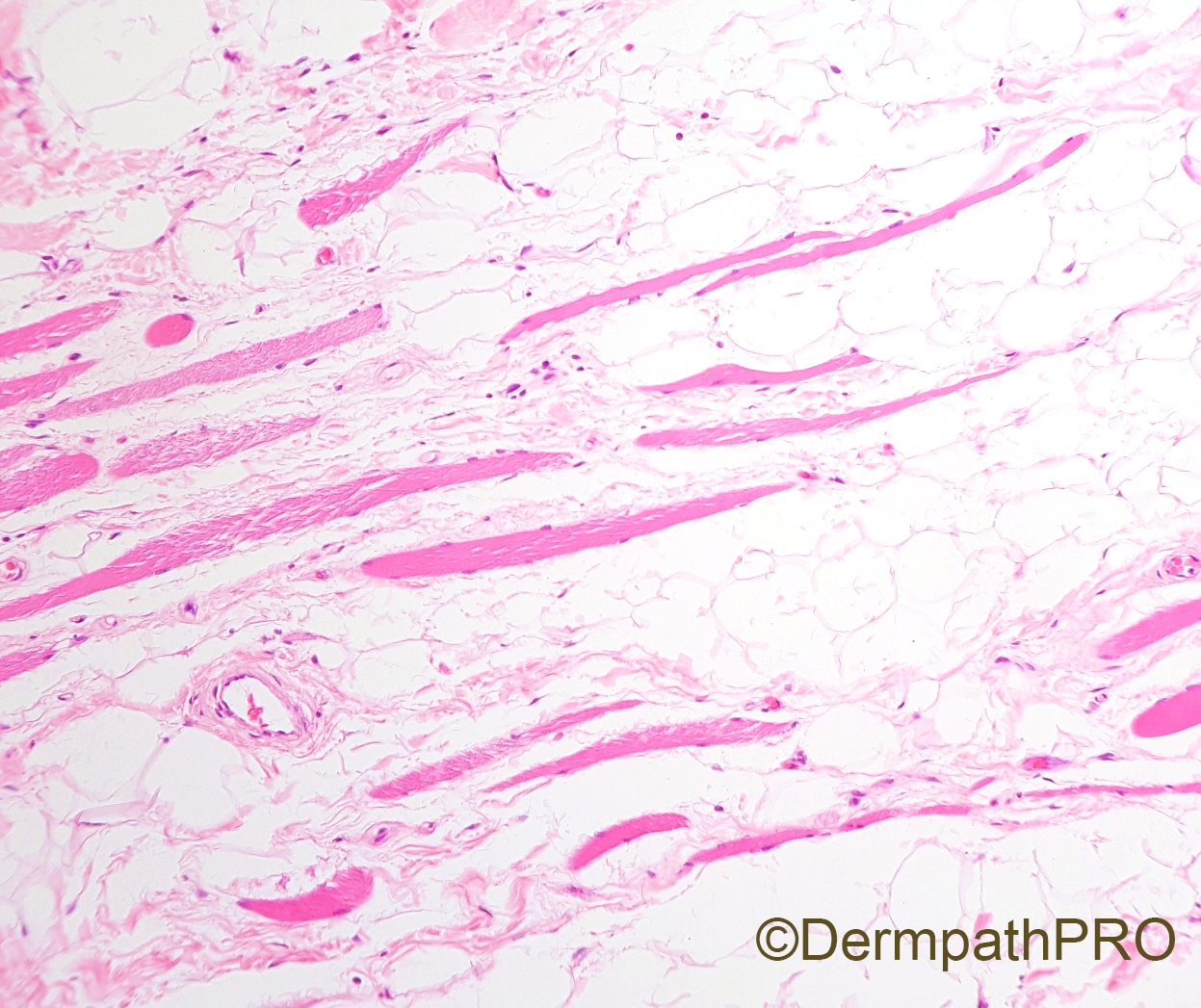-
 1
1
Case Number : Case 2176 - 11 October 2018 Posted By: Raul Perret
Please read the clinical history and view the images by clicking on them before you proffer your diagnosis.
Submitted Date :
10 cm forearm tumor (superficial and deep) of a 60 year old male.





Join the conversation
You can post now and register later. If you have an account, sign in now to post with your account.